Public Planet Books is a series designed by writers in and outside the academy-writers working on what could be called narratives of public culture-to explore questions that urgently concern us all. It is an attempt to open the scholarly discourse on contemporary public culture, both local and international, and to illuminate that discourse with the kinds of narrative that will challenge sophisticated readers, make them think, and especially make them question. It is, most important, an experiment in strategies of discourse, combining reportage and critical reflection on unfolding issues and events-one, we hope, that will provide a running narrative of our societies at this particular fin de siecle. Public Planet Books is part of the Public Works publication project of the Center for Transcultural Studies, which also includes the journal Public Culture and the Public Worlds book series.


Charles Taylor




To Wanda
Contents
xi
Acknowledgments
 irst, I want to express my gratitude to the Canada Council for the award of an Isaac Killam Memorial Fellowship for 1996-98, without which I would not have been able to get started on this book as soon as I did.
irst, I want to express my gratitude to the Canada Council for the award of an Isaac Killam Memorial Fellowship for 1996-98, without which I would not have been able to get started on this book as soon as I did.
This work is an expansion of a central section of the book I am preparing on Living in a SecularAge, which was the subject of my Gifford Lectures in Edinburgh in 1999.
I want also to mention a debt of another kind. This work emerges out of discussions during the past years at the Center for Transcultural Studies. These discussions have been so central to this book, that one might argue that the Center is a kind of joint collective author of these pages. I especially want to thank Arjun Appadurai, Rajeev Bhargava, Craig Calhoun, Dilip Gaonkar, Nilufer Gole, Benjamin Lee, Thomas McCarthy, and Michael Warner.
Introduction
 rom the beginning, the number one problem of modern social science has been modernity itself: that historically unprecedented amalgam of new practices and institutional forms (science, technology, industrial production, urbanization), of new ways of living (individualism, secularization, instrumental rationality); and of new forms of malaise (alienation, meaninglessness, a sense of impending social dissolution).
rom the beginning, the number one problem of modern social science has been modernity itself: that historically unprecedented amalgam of new practices and institutional forms (science, technology, industrial production, urbanization), of new ways of living (individualism, secularization, instrumental rationality); and of new forms of malaise (alienation, meaninglessness, a sense of impending social dissolution).
In our day, the problem needs to be posed from a new angle: Is there a single phenomenon here, or do we need to speak of "multiple modernities," the plural reflecting the fact that other non-Western cultures have modernized in their own way and cannot properly be understood if we try to grasp them in a general theory that was designed originally with the Western case in mind?
This book explores the hypothesis that we can throw some light on both the original and the contemporary issues about modernity if we can come to a clearer definition of the selfunderstandings that have been constitutive of it. Western modernity on this view is inseparable from a certain kind of social imaginary, and the differences among today's multiple modernities need to be understood in terms of the divergent social imaginaries involved.
This approach is not the same as one that might focus on the "ideas," as against the "institutions," of modernity. The social imaginary is not a set of ideas; rather, it is what enables, through making sense of, the practices of a society. This crucial point is expanded in chapter 3.
My aim here is a modest one. I would like to sketch an account of the forms of social imaginary that have underpinned the rise of Western modernity. My focus is on Western history, which leaves the variety of today's alternative modernities untouched. But I hope that some closer definition of the Western specificity may help us see more clearly what is common among the different paths of contemporary modernization. In writing this, I have obviously drawn heavily on the pioneering work of Benedict Anderson in his Imagined Communities,' as well as on work by Jurgen Habermas and Michael Warner and on that of Pierre Rosanvallon and others, which I shall acknowledge as the argument unfolds.
My basic hypothesis is that central to Western modernity is a new conception of the moral order of society. This was at first just an idea in the minds of some influential thinkers, but it later came to shape the social imaginary of large strata, and then eventually whole societies. It has now become so selfevident to us that we have trouble seeing it as one possible conception among others. The mutation of this view of moral order into our social imaginary is the coming to be of certain social forms, which are those essentially characterizing Western modernity: the market economy, the public sphere, and the self-governing people, among others.
1 The Modern Moral Order
 start with the new vision of moral order. This was most clearly stated in the new theories of Natural Law which emerged in the seventeenth century, largely as a response to the domestic and international disorder wrought by the wars of religion. Grotius and Locke are the most important theorists of reference for our purposes here.
start with the new vision of moral order. This was most clearly stated in the new theories of Natural Law which emerged in the seventeenth century, largely as a response to the domestic and international disorder wrought by the wars of religion. Grotius and Locke are the most important theorists of reference for our purposes here.
Grotius derives the normative order underlying political society from the nature of its constitutive members. Human beings are rational, sociable agents who are meant to collaborate in peace to their mutual benefit.

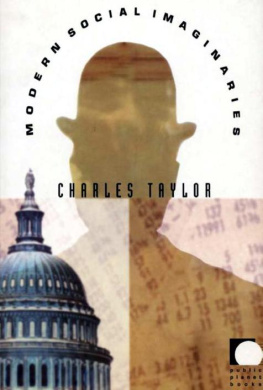


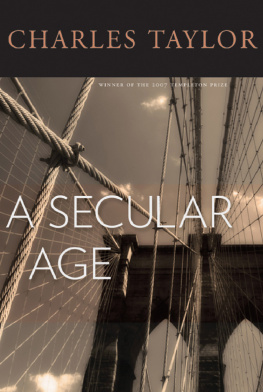


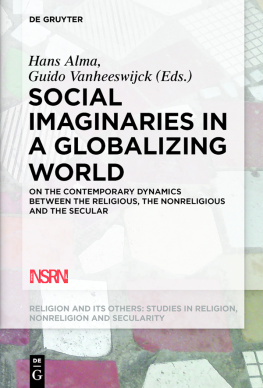

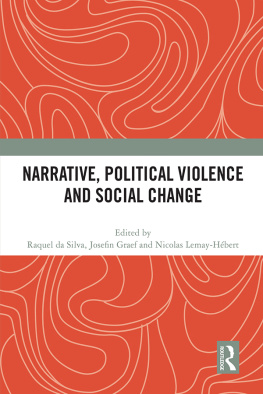
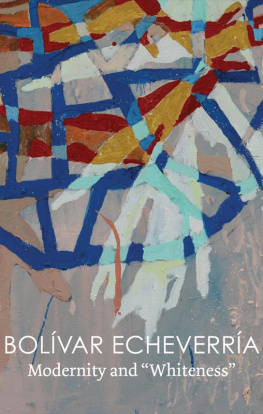
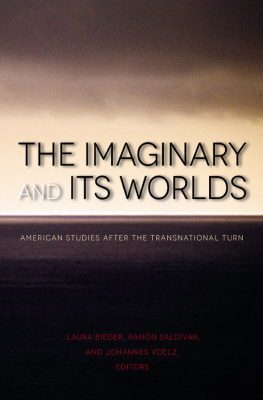
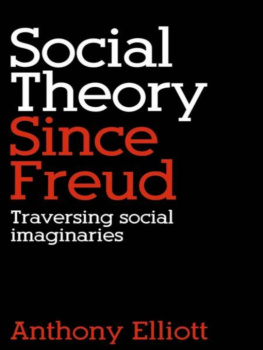














 irst, I want to express my gratitude to the Canada Council for the award of an Isaac Killam Memorial Fellowship for 1996-98, without which I would not have been able to get started on this book as soon as I did.
irst, I want to express my gratitude to the Canada Council for the award of an Isaac Killam Memorial Fellowship for 1996-98, without which I would not have been able to get started on this book as soon as I did.


 rom the beginning, the number one problem of modern social science has been modernity itself: that historically unprecedented amalgam of new practices and institutional forms (science, technology, industrial production, urbanization), of new ways of living (individualism, secularization, instrumental rationality); and of new forms of malaise (alienation, meaninglessness, a sense of impending social dissolution).
rom the beginning, the number one problem of modern social science has been modernity itself: that historically unprecedented amalgam of new practices and institutional forms (science, technology, industrial production, urbanization), of new ways of living (individualism, secularization, instrumental rationality); and of new forms of malaise (alienation, meaninglessness, a sense of impending social dissolution).
 start with the new vision of moral order. This was most clearly stated in the new theories of Natural Law which emerged in the seventeenth century, largely as a response to the domestic and international disorder wrought by the wars of religion. Grotius and Locke are the most important theorists of reference for our purposes here.
start with the new vision of moral order. This was most clearly stated in the new theories of Natural Law which emerged in the seventeenth century, largely as a response to the domestic and international disorder wrought by the wars of religion. Grotius and Locke are the most important theorists of reference for our purposes here.